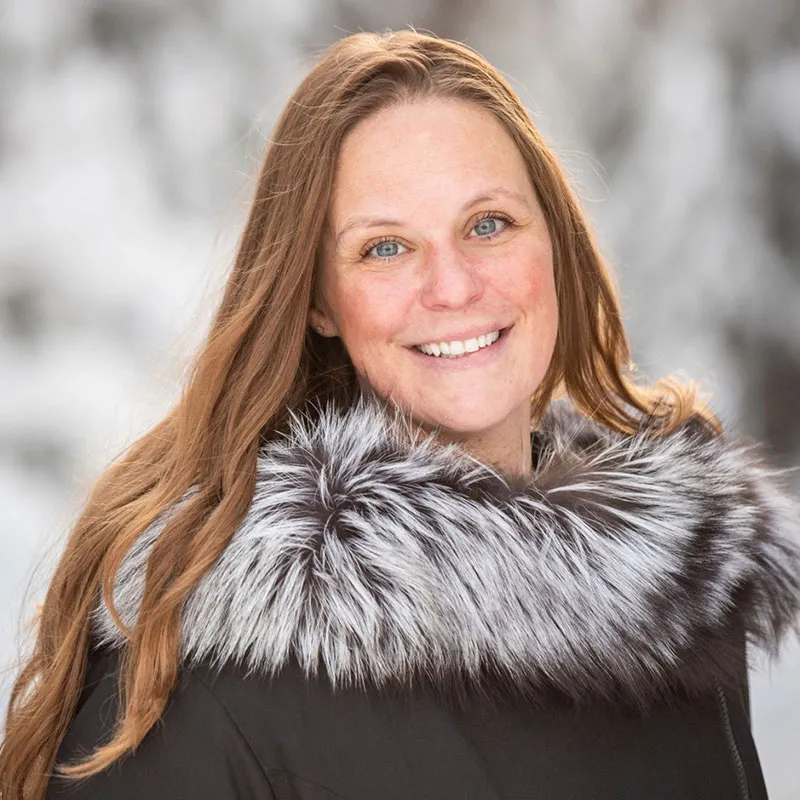For Alaska emergency nurse Bridgett Watkins, teaching and mentoring new nurses was a preventive measure that helped her avoid burnout while allowing her to do something else she loved: dog mushing.
“Something I’m really passionate about is resiliency in nursing and the youth in nursing,” Watkins said. Several years ago, she saw a need for more education for new nurses in her Fairbanks hospital, so she created and filled the position of emergency educator.
Watkins said the role helped her stay grounded and able to weather storms—literal and figurative—outside the ED, when she was training for the Iditarod, the annual, grueling 1,000-mile sled dog race between Anchorage and Nome.
“I would come from running dogs, trying to qualify for Iditarod, and going through all these massive challenges outside of work, and I could come back to work, take someone under my wings, and show them the way,” she said. “It gave me a new breath of fresh air.”
In 2022, Watkins and her friend survived a terrifying moose attack while on a training run. Not ready to give up on her goal, she joined the race several weeks later. About 50 miles from the finish line, she and another racer were sidelined by a dangerous blizzard and needed to be rescued. Watkins suffered frostnip and a broken collarbone.
Undeterred, she returned to enter the 2023 race and crossed the finish line. Since then, she has cut back to shorter runs to spend more time with her husband and two sons. She also survived yet another potentially fatal incident: anaphylactic shock from a bee sting last summer. Some of the very nurses she had trained saved her life.
That her ED nursing skills and mentality serve her well while mushing goes without saying. Mushing and surviving those extreme challenges influence her outlook on her job, too.
“Dog mushing is very much like emergency nursing. The unexpected is always happening. I have to find a solution, immediately, even if I don’t have the necessary resources,” Watkins said. “I feel like I can handle pretty much anything. I don’t get ruffled much anymore.
“I can see those poor new nurses with the overwhelmed and terrified look, and they don’t have to feel like that. I can be the calm in their storm,” she explained.
A member of ENA for about eight years, she has taught ENPC and TNCC. She has held various roles at her hospital. Making those changes over the years—including cutting back hours while qualifying for the Iditarod—helped her stay in the field, she said. She wants other nurses to recognize that non-stop, full-time stretcherside emergency nursing may not be for everyone, but by shifting among different ED roles, it’s easier to stay in the field.
While her love for mushing began as a six-year-old when she was living in Alaska, she also got a glimpse of health care growing up. She moved to Arkansas at 16 and would help her grandfather, a physician, in his clinic taking vitals and doing other tasks. Her mother and sister were nurses, and her grandmother was a nurse practitioner. Watkins earned her BSN and worked in several EDs before she and her husband moved to Nome, where she could return to mushing.”
“Nome was where I really got my foundation in true emergency, wilderness-type care,” she said. On her days off from the ED, Watkins flew medivacs, transporting patients from 13 surrounding communities to the nearest resources.
This spring, she finished writing a book, with plans for a fall publication, about “grit and determination to reach a goal,” all qualities that have served her well—in the ED, on the trail and everywhere in between.
